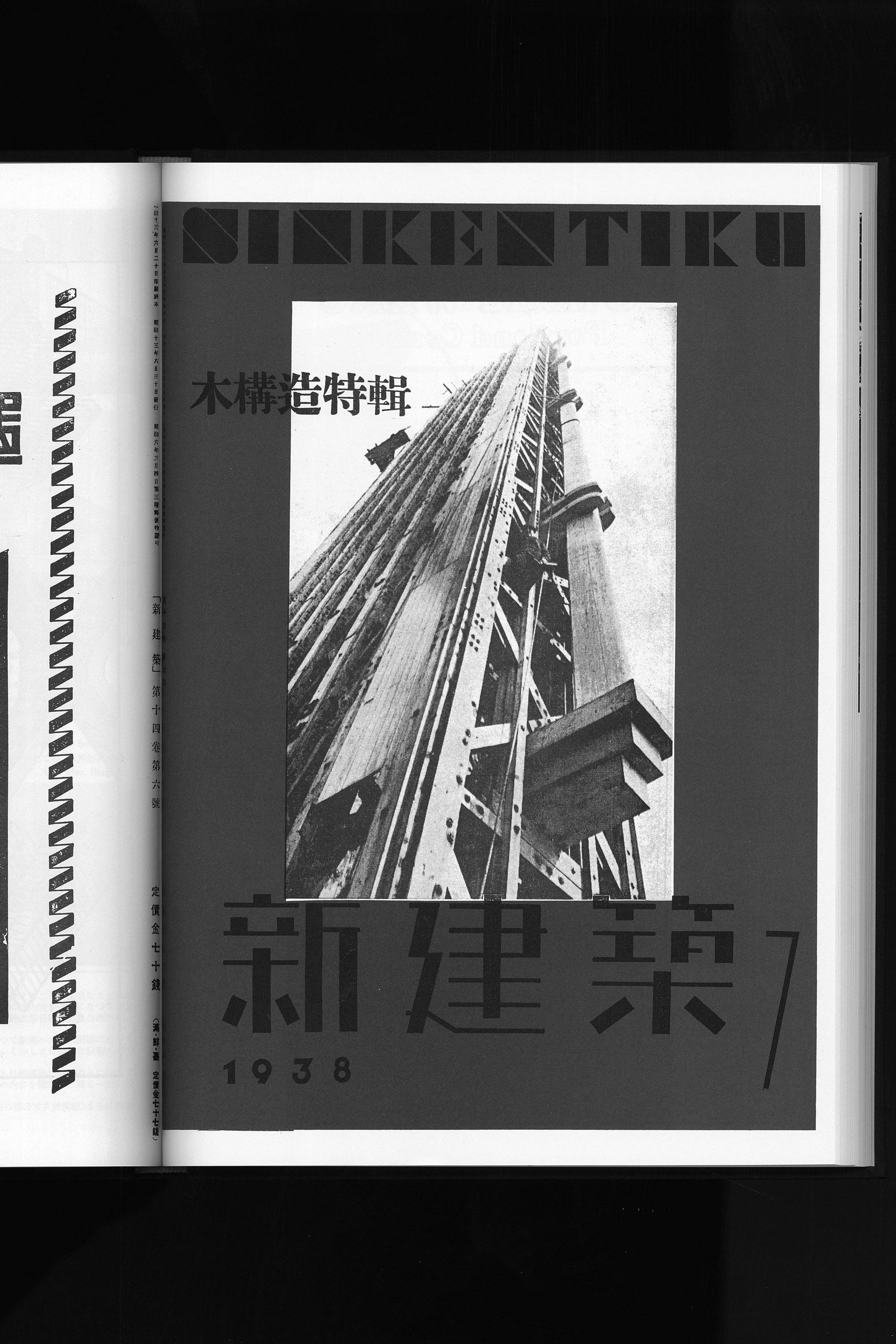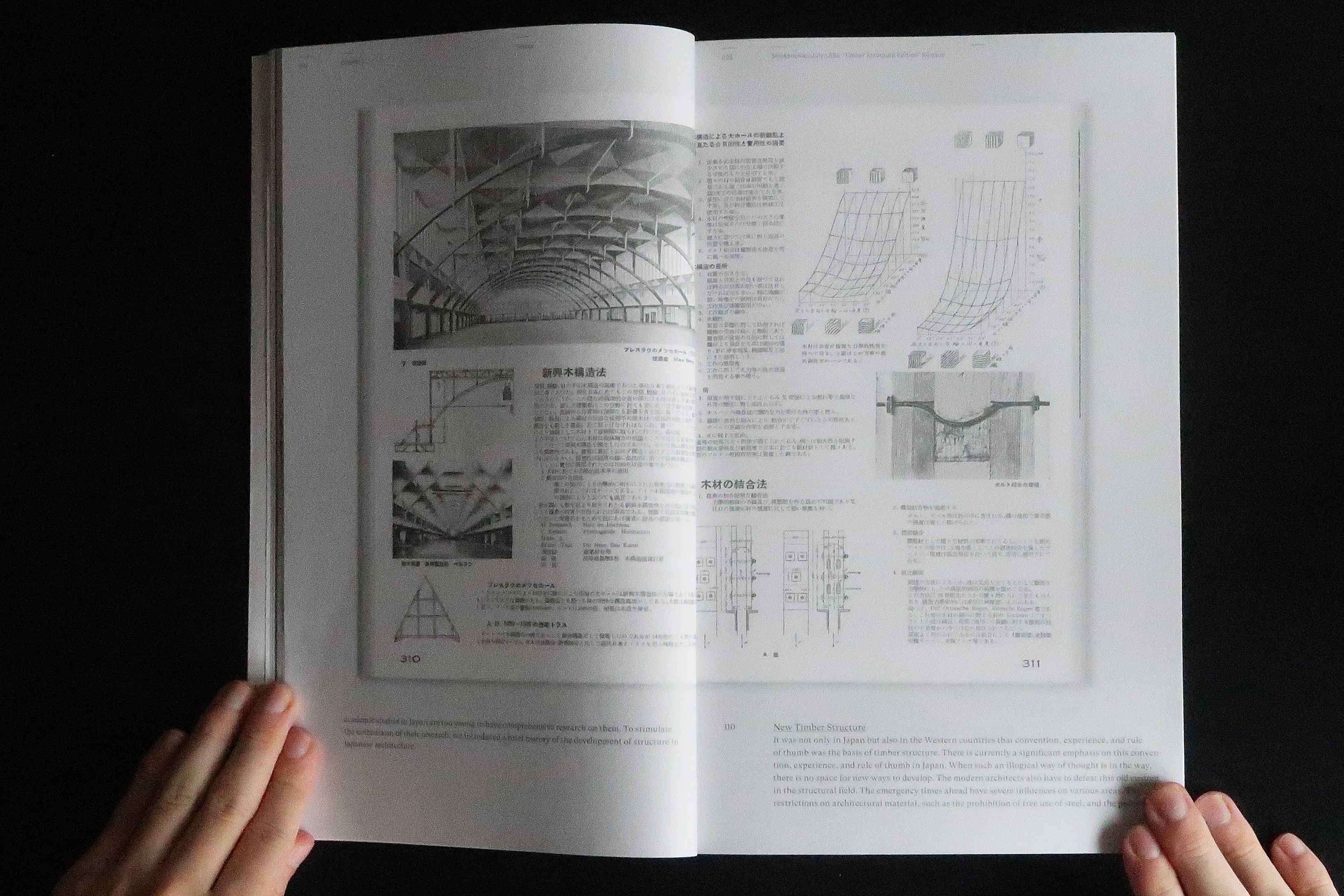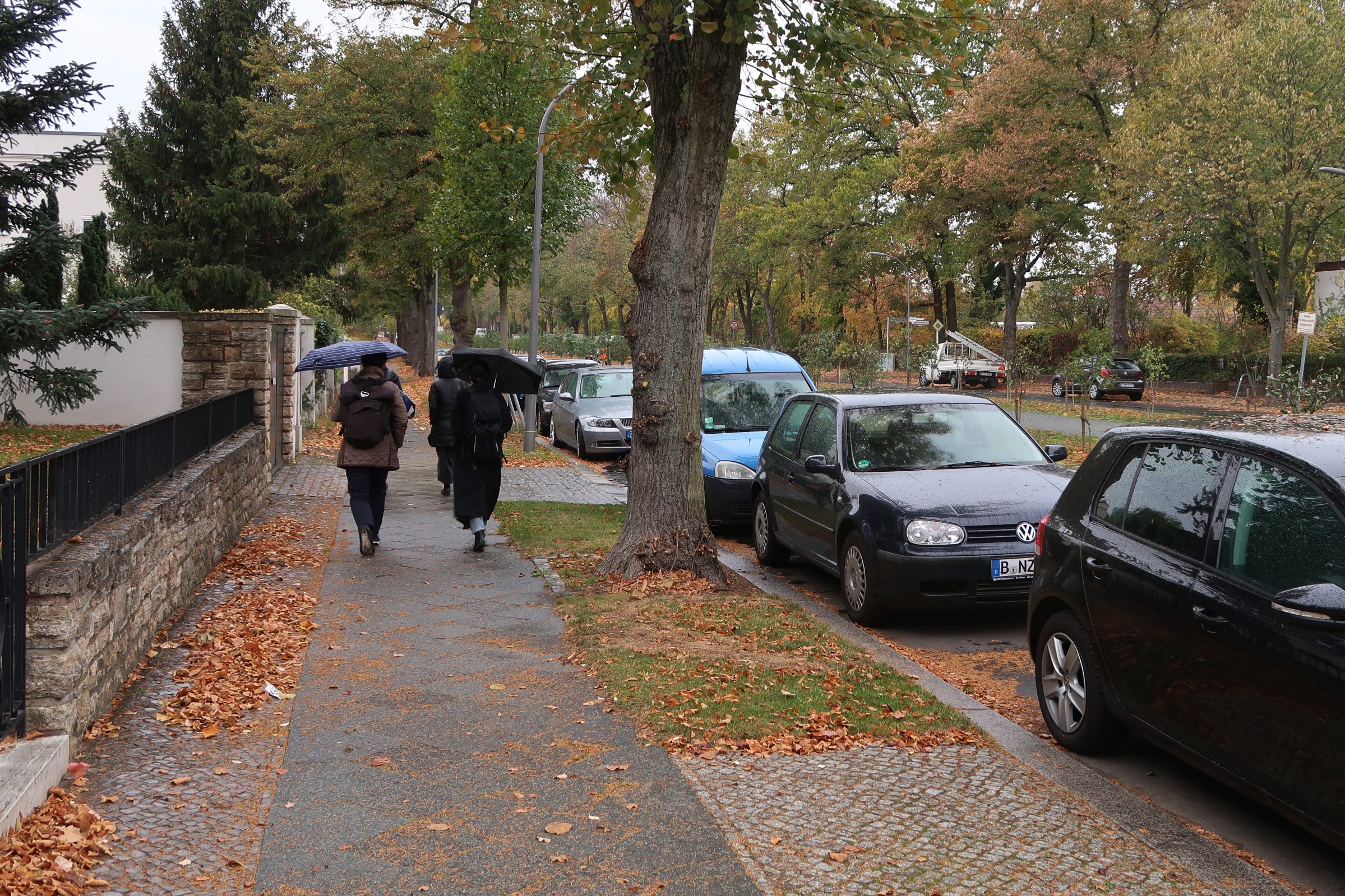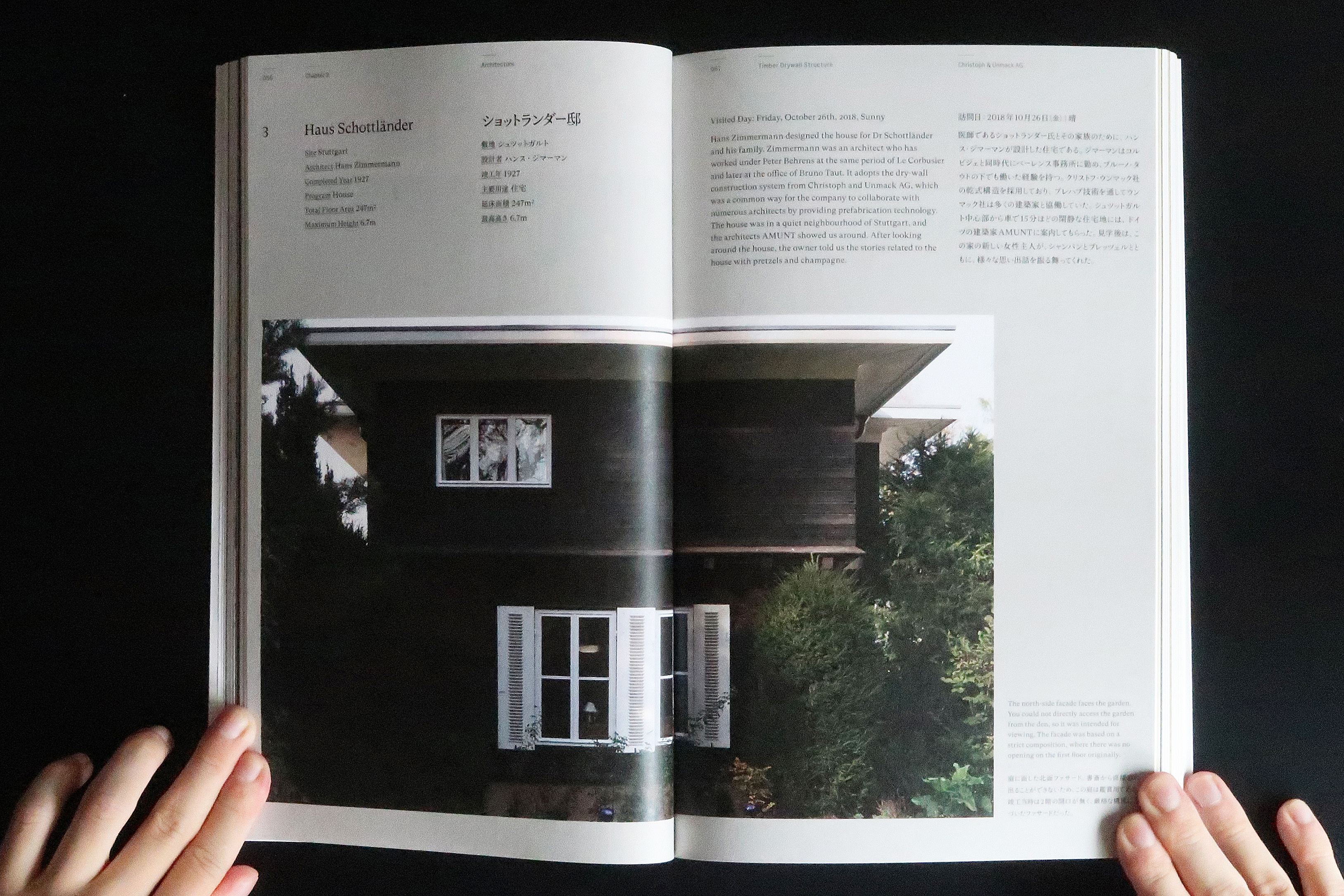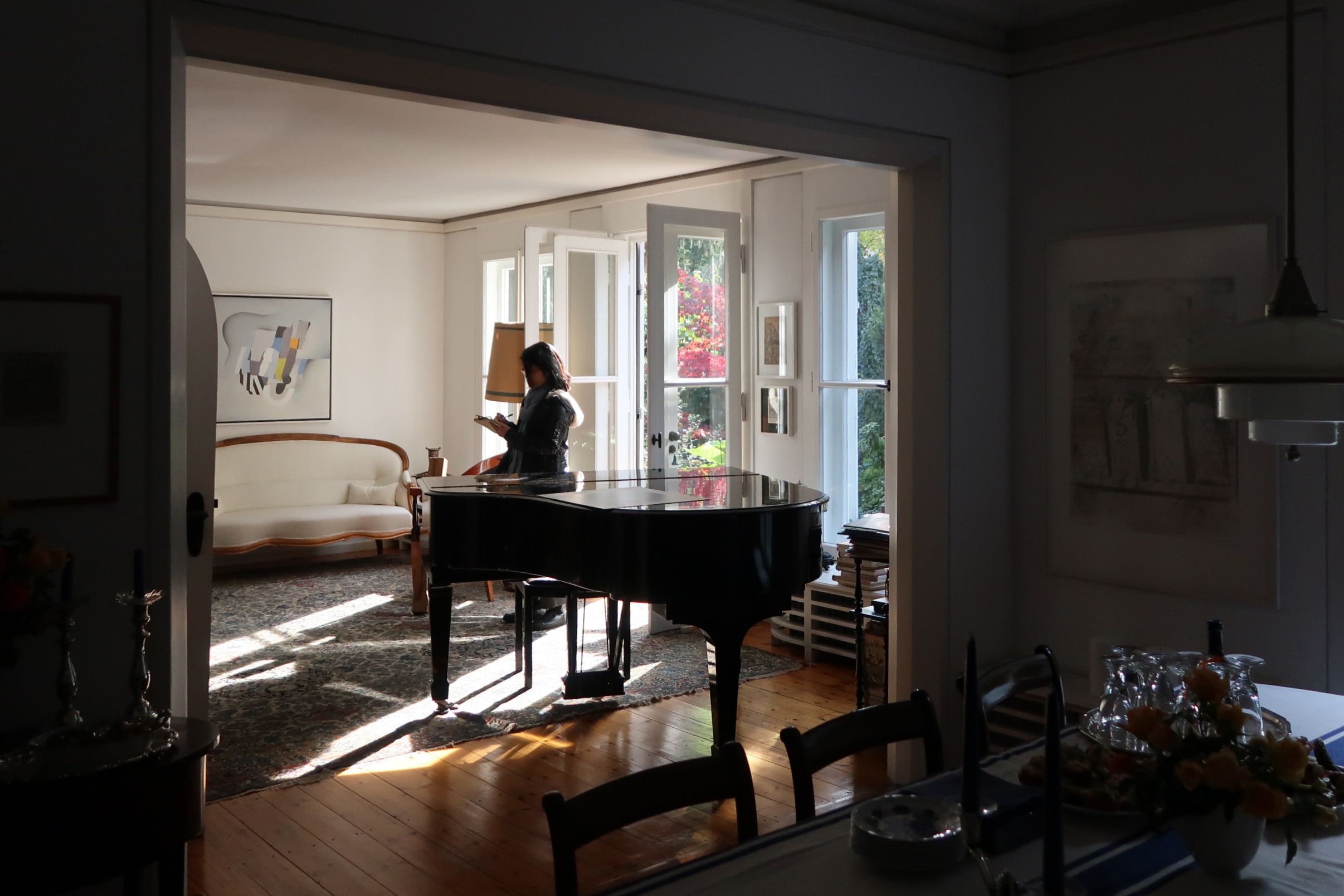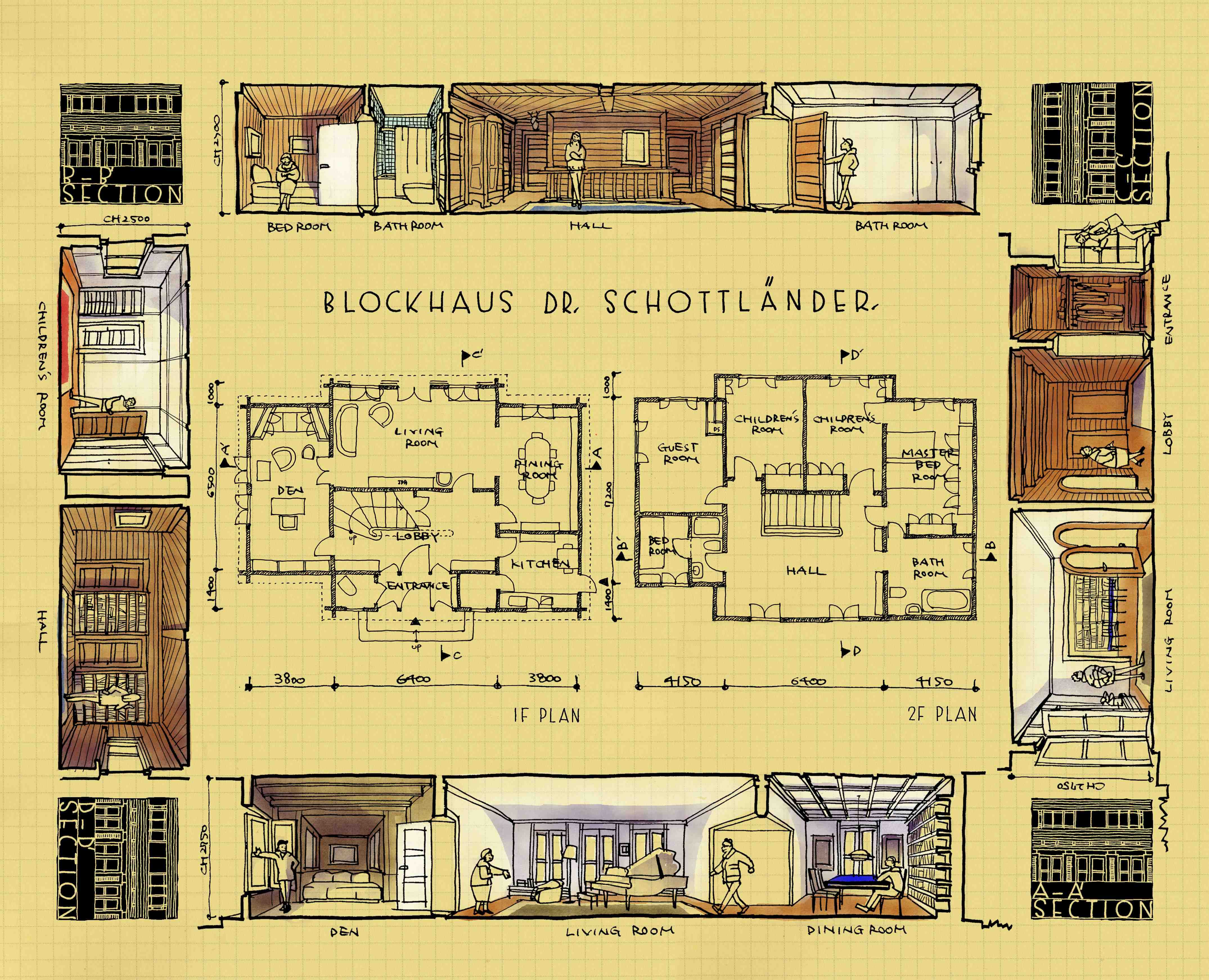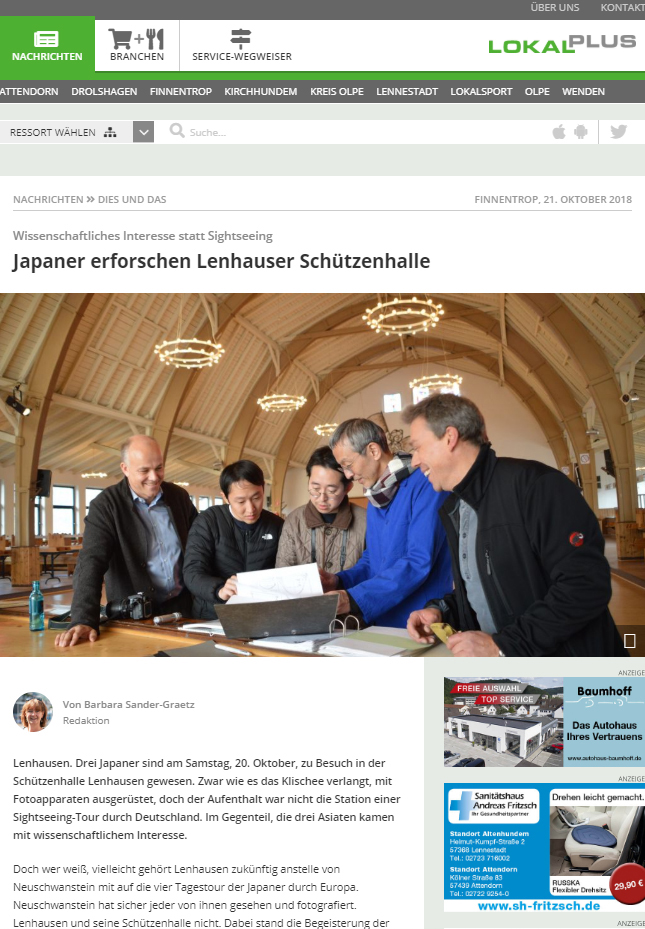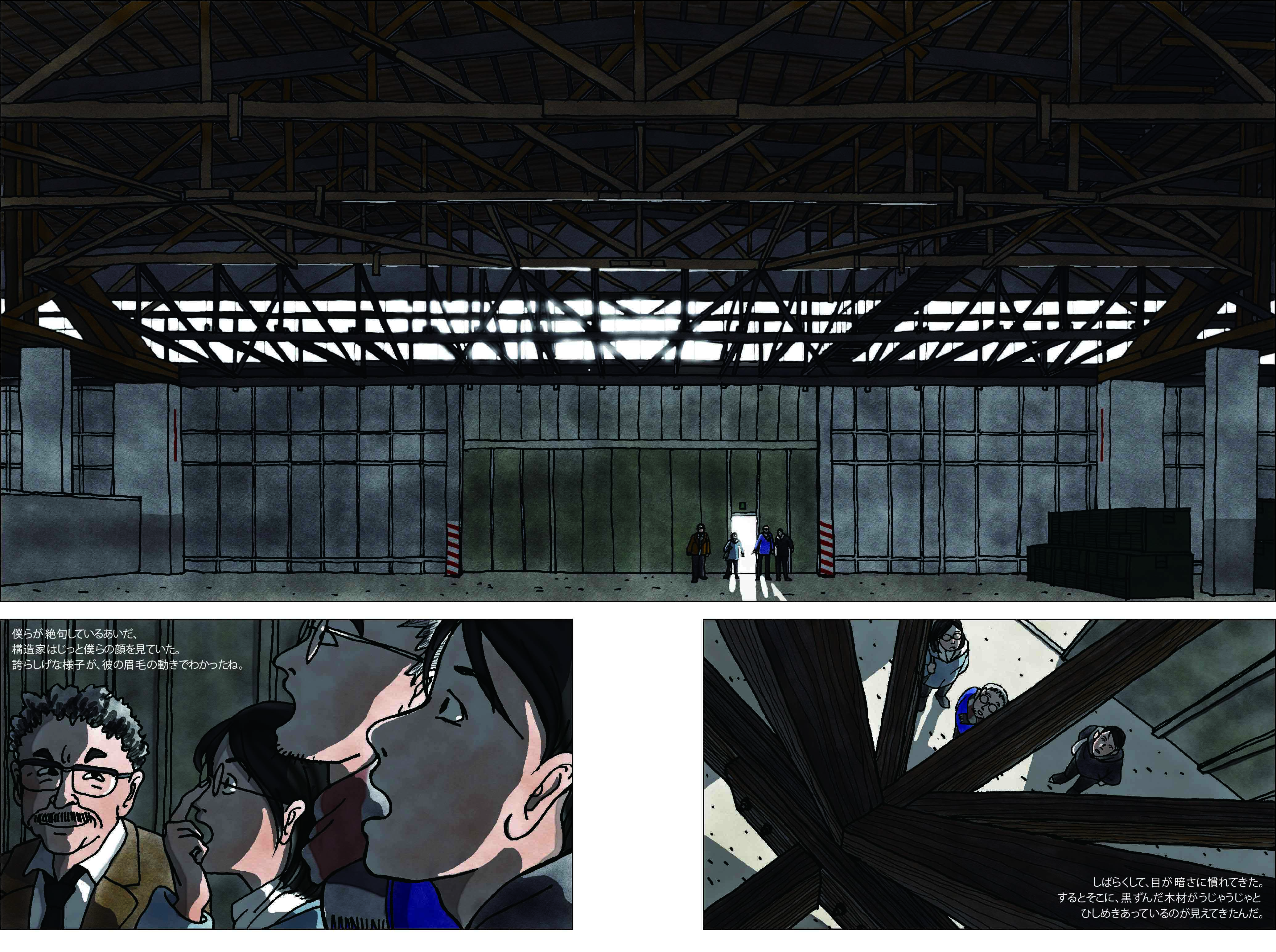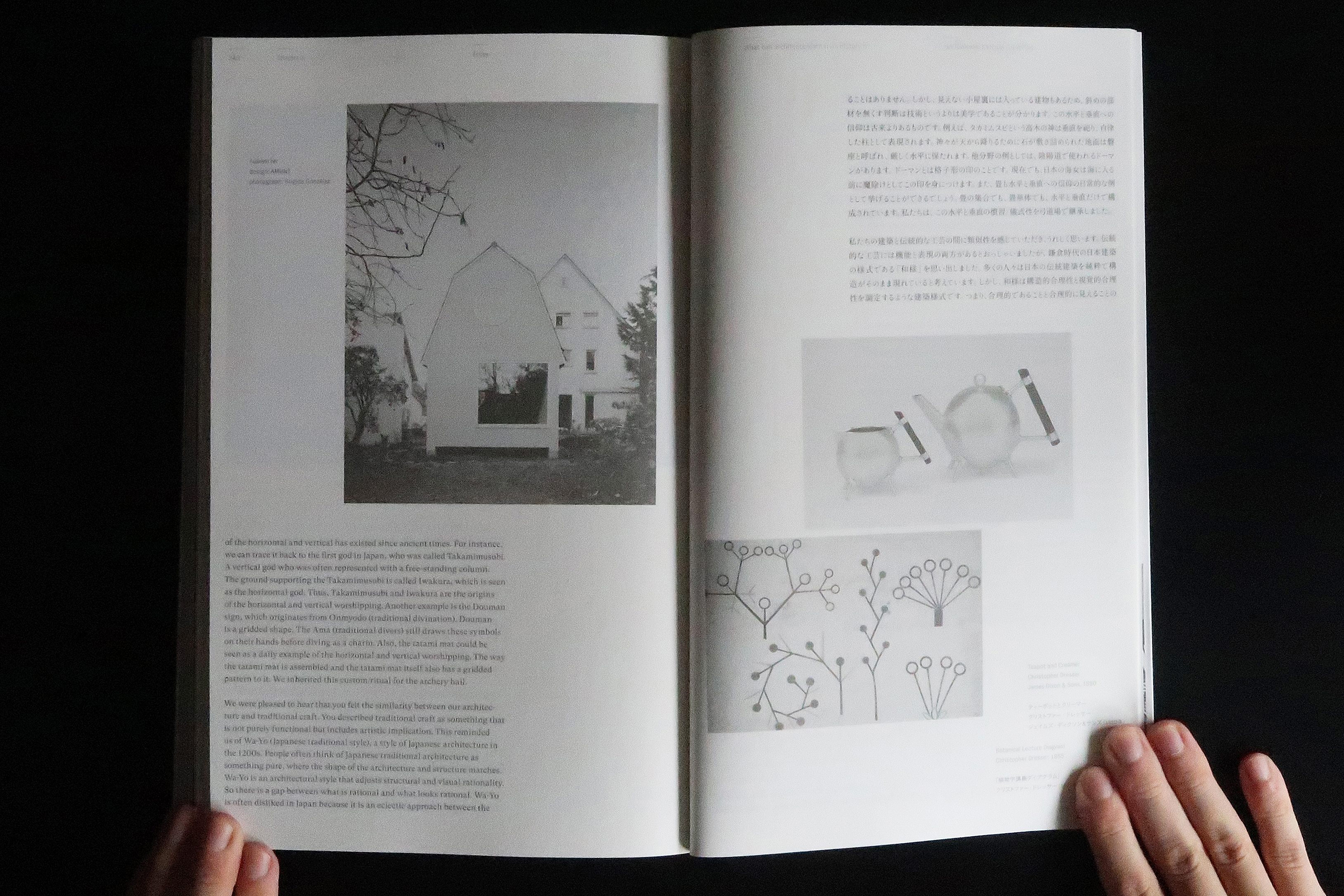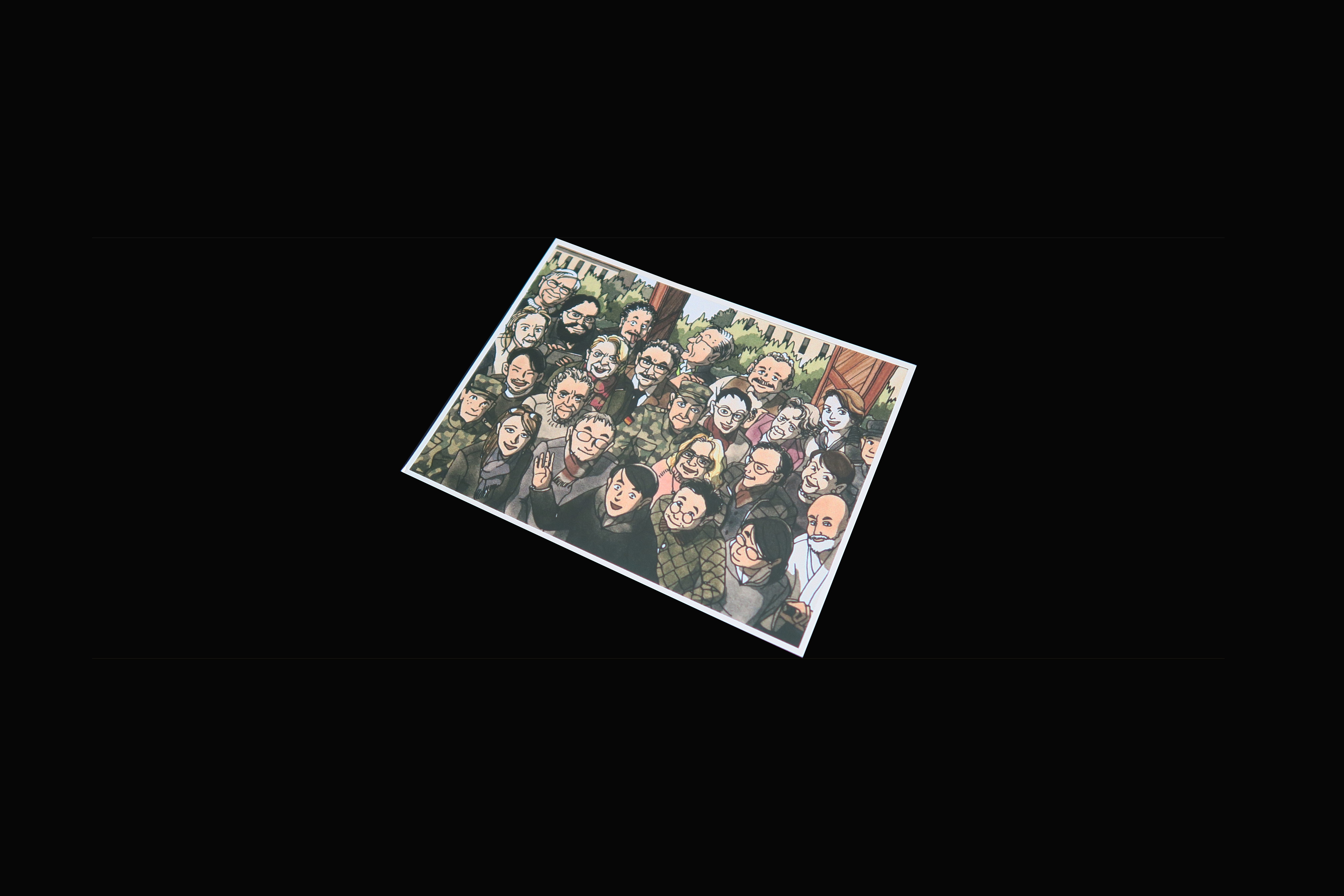Holz Bau
Timber Architecture in the
Early Modern Period of Germany
SOLD OUT
There are no plans for reprint.
Edited by Katsuya Fukushima, Hiroko Tominaga, Jin Motohashi and Rei Sawaki. Text by Katsuya Fukushima, Hiroko Tominaga, Jin Motohashi, Rei Sawaki, Paul Mayencourt, Catlin Mueller, Go Hasegawa and Jan Theissen. Designed by Yuichi Nishimura / Rimishuna
1st edition, 2020
Published by GADEN Books
1st edition, 2020
Text in English and Japanese
360 pages
295 x 182 mm
ISBN 978-4-9911456-0-5
This book is a research about the Timber Architecture in the Early Modern Period of Germany conducted by a small architectural office in Tokyo.
The book has three parts: In the first part, we reissued the pre-World War II architectural magazine that we found in our research as “Source”. In the next part, “Architecture”, photographs were taken at the researched buildings, and their plans and sections were newly created for this book. Katsuya Fukushima took most of the photographs. In the last part, “Essay”, Katsuya Fukushima and Jin Motohashi write an essay based on this research and Paul Mayencourt and Caitlin Mueller writes about the technical history and the potential of timber engineering. The discussion with the Japanese architect Go Hasegawa and the email dialogue with the German architect Jan Theissen of AMUNT is about the meaning of historical research for architects and its relation with actual architectural design. The texts without an author are all written by Rei Sawaki. The colourful drawings appearing regularly in this book are drawn by Hiroko Tominaga to two-dimensionally represent the lively three-dimensional experiences from the visits in Germany. The representation methods are inspired by various existing drawings formats, such as cartoons, mandalas, dollhouses, papercrafts, and so on.
This research started from our hunch when we felt the disconnection of conventional timber construction with that of the traditional when we were designing timber buildings in Japan. Probably, many people have felt this. There are many mysterious things in the world, but many are untouched as if we have never noticed them. Sometimes we should make an earnest effort to resolve these mysteries. We should dive deep down to the core of these mysteries, getting as close as possible to them. We should share this experience after coming back from there. Through this act, we are able to digest this experience. This is sort of a natural instinct for people, where we want to unravel the mysteries of the world and share them with others. We needed to publish a book to share this experience. The answers to your hunches always exist outside of your world. You have to set off on a journey to reach the outer world. Significant troubles come with adventures so that a firm will would be required. Nevertheless, the outer world has much more to offer.
When the research was made into a book, we felt that we succeeded in rendering a different field than architectural design. We opened a new domain for small architectural offices like ours to present, not just design but also research as part of the office’s work. This is similar to travelling to the outer world.
I will be very grateful if this book makes you want to set out on a journey.
Katsuya Fukushima

